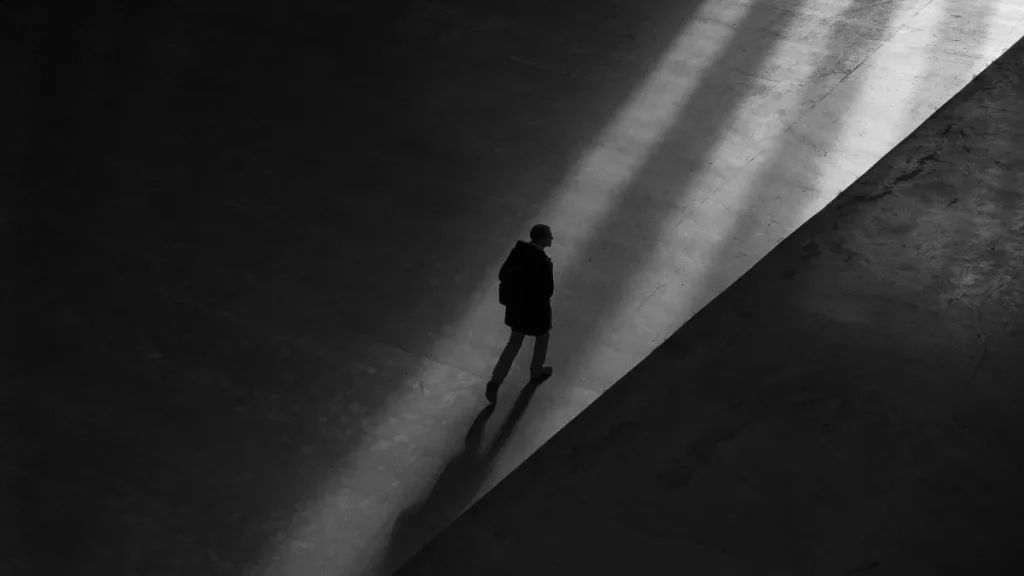What Does Framing the World: A Photographer's Perspective Mean?
Are you curious about how photographers transform everyday moments into captivating images? Dive into the world of photography and discover the art of framing the world through a photographer’s lens.
In this informative article, we will delve into the intricacies of a photographer’s distinctive viewpoint. You will acquire knowledge about their creative procedures, the art of crafting compelling photographs, and the enchantment of narrative within the realm of photography.
As you finish reading this post, you might want to start looking at the world in a new way and feel like taking photos of your own unique moments.
Don’t miss this fascinating exploration of the photography world. Click now to read “Framing the World: A Photographer’s Perspective” and uncover the beauty photographers find in the world around us.
The Power of Composition

At the heart of every compelling photograph lies composition. It’s the photographer’s tool for arranging elements within the frame to create an engaging image. Composition is where a photographer’s perspective truly shines.
1 Rule of Thirds: Many photographers start with the rule of thirds, a fundamental composition principle. It divides the frame into a 3x3 grid, placing key elements at the intersection points or along the gridlines for a balanced and visually pleasing result.
Also Read: The Art Of Photography
2 Leading Lines: Photographers use lines, such as roads, rivers, or even the natural lines of a subject, to lead the viewer’s eye through the image. It’s a way of guiding the viewer’s perspective.
3 Framing: The creative use of framing within a photograph can add depth and context to the subject. Photographers might use archways, windows, or natural elements like trees to frame their subjects, drawing attention to the main focal point.
The Play of Light and Shadow

Light is the photographer’s paintbrush, and shadow is their canvas. A photographer’s perspective often involves a deep understanding of how light and shadow interact to create mood, depth, and dimension.
1 Golden Hour Magic: The soft, warm light of the golden hour—just after sunrise or before sunset—transforms ordinary scenes into extraordinary moments. Photographers eagerly chase this light for its magical quality.
**2. High-Contrast Drama: **Some photographers embrace high-contrast scenes, where bold shadows and bright highlights create dramatic and visually striking images.
**3. Soft and Subtle: **On the flip side, photographers may opt for soft, diffused light on cloudy days, which can be ideal for capturing delicate details and reducing harsh shadows.
Capturing Emotions and Stories

Photographers aren’t just framing subjects; they’re also framing emotions and stories. Each click of the shutter captures a moment in time, freezing it for eternity.
**1 Candid Moments: **Candid photography is about capturing genuine, unposed moments. Photographers often have to anticipate these moments and be ready to capture them as they happen.
- **Environmental Portraits: **Environmental portraits place subjects in their natural surroundings, providing context and insight into their lives. A photographer’s perspective in this genre involves telling a person’s story through their environment.
3. Street Photography: Street photographers have a unique perspective as they document the hustle and bustle of urban life. It’s about finding beauty in the every day and telling the stories of people and places.
Also Read: Top 10 Lenses For Photography
The Ever-Evolving Art

A photographer’s perspective is not static; it evolves with time and experience. Each new experience, location, or subject adds to their unique viewpoint. The more a photographer explores and experiments, the more they refine their perspective and style.
1. Technological Advancements: Photography is a constantly evolving field due to rapid technological advancements. New camera models, lenses, and accessories are regularly introduced, offering photographers more tools to enhance their creativity and capabilities.
**2. Changing Aesthetic Trends: **Photography, like any art form, experiences shifts in aesthetic trends over time. Styles and preferences in photography change, reflecting societal and cultural influences.
3. **Diverse Genres and Approaches: **The art of photography encompasses a wide range of genres and approaches, from traditional portrait and landscape photography to contemporary and experimental styles.
In precis, pictures are going past definitely taking filmland; it entails decoding the sector through a lens. A shooter’s standpoint is a one-of-a-kind emulsion of composition, mild manipulation, and liar. It represents a journey of creativity and tone- expression that evolves with every snap of the digicam. Consequently, whilst framing your coming shot, a flashback you aren’t just touchdown an image; you’re conveying your specific perspective to the world.

Top 10 Tips of Pro level smartphone photography : Turn Your Smartphone Into a Pro Camera
Top 10 Tips of Pro level smartphone photography : Turn Your Smartphone Into a Pro Camera

Breaking Down Camera Settings: A Guide to Shooting in Manual Mode
Breaking Down Camera Settings: A Guide to Shooting in Manual Mode

24 Photography Tips for Beginners in 2024 - Happy Shooting!!
24 Photography Tips for Beginners in 2024 - Happy Shooting!!
